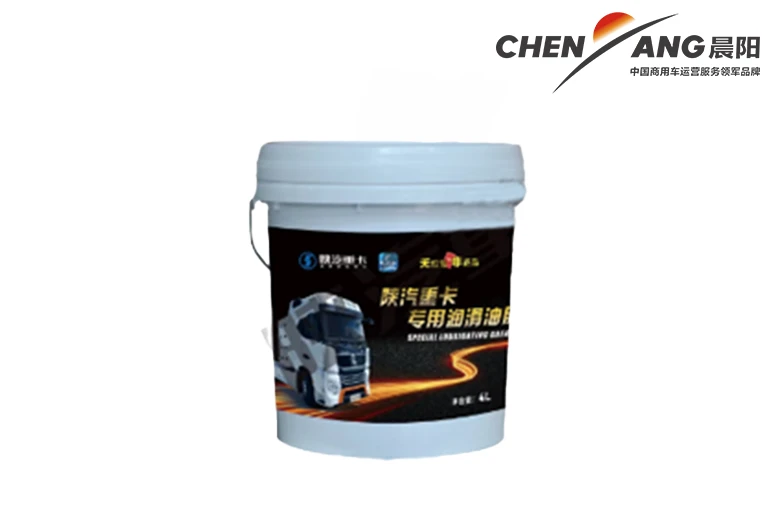Essential Components of Heavy Machinery for Optimal Performance and Efficiency
Understanding Heavy Equipment Components A Comprehensive Overview
Heavy equipment plays a crucial role in several industries, including construction, mining, and agriculture. These powerful machines are built to handle complex tasks and endure harsh environments. However, the efficiency and safety of heavy equipment largely depend on its components. Understanding these components is essential for operators, engineers, and maintenance personnel alike. This article delves into the various components of heavy equipment, their functionalities, and the importance of regular maintenance.
Core Components of Heavy Equipment
1. Engine The heart of any heavy equipment is its engine. Typically, heavy equipment utilizes diesel engines due to their robustness and fuel efficiency. The engine provides the necessary power to drive all the other components of the machine, and its performance directly affects the equipment's operational capacity.
2. Transmission System The transmission system transmits power from the engine to the wheels or tracks. It allows the operator to control the speed and torque of the machine, making it crucial for different tasks. Heavy equipment usually employs hydraulic transmissions because they provide smooth and controlled power delivery, which is essential for operations such as digging or lifting.
3. Hydraulic System Many heavy machines rely on hydraulic systems to perform their functions. Hydraulic systems use pressurized fluid to actuate equipment like arm cylinders, which are essential for lifting, tilting, and digging. The efficiency of hydraulic systems is attributed to their ability to generate significant force with minimal effort, making them indispensable in heavy machinery.
4. Chassis and Frame The chassis provides structural support for heavy equipment. It is designed to withstand the stresses and strains of heavy loads and rough working conditions. The frame supports various components, including the engine, transmission, and hydraulic systems, thus ensuring the overall integrity and stability of the machine.
5. Undercarriage For tracked heavy equipment like excavators and bulldozers, the undercarriage is a crucial component that affects mobility and stability. It consists of tracks, rollers, and sprockets that enable the machine to traverse uneven terrain. Good undercarriage maintenance is vital for ensuring the longevity of the equipment and optimizing its performance.
6. Cabs and Controls The operator’s cab is designed for a comfortable and functional working environment. It houses the controls that operate the machinery and is equipped with safety features such as seat belts, guardrails, and visibility enhancements. Ergonomic design in cabs improves operator efficiency and reduces fatigue, which is critical for safety.
heavy equipment components

7. Braking System Heavy equipment is often used in environments where rapid stopping power is necessary. The braking system ensures that the machinery can be halted safely and effectively, especially when loaded. Advanced braking systems often incorporate features such as hydraulic brakes and automatic retardation systems, providing not only safety but also improved control during operations.
Importance of Regular Maintenance
The intricate components of heavy equipment require regular maintenance to ensure they operate efficiently and safely. Neglecting maintenance can lead to breakdowns, costly repairs, and safety hazards. Here are some maintenance practices that are vital for heavy equipment longevity
- Routine Inspections Regular inspections help identify worn parts or potential issues before they escalate into major problems. Operators should routinely check hydraulic fluid levels, engine oil, and brake functionality.
- Lubrication Proper lubrication of moving components reduces friction and wear, prolonging the life of equipment. Regularly scheduled lubrication helps to maintain optimal performance.
- Component Replacement Timely replacement of worn components is crucial. Whether it’s belts, filters, or hydraulic seals, addressing wear and tear promptly can prevent more extensive damage to the equipment.
- Training Educating operators on the proper use and routine checks of heavy machinery can significantly minimize the risk of malfunction, ultimately leading to increased safety and efficiency on the job site.
Conclusion
In conclusion, understanding the components of heavy equipment is essential for anyone involved in industries reliant on these powerful machines. From the engine to the hydraulic systems, each part plays a crucial role in ensuring the machine operates at peak performance. Regular maintenance cannot be overstated, as it directly impacts safety and productivity. By focusing on component awareness and diligent maintenance practices, industries can maximize the efficiency and lifespan of their heavy equipment, ultimately leading to better project outcomes and safety standards.
-
SINOTRUK HOWO 84 Electric Dump Truck for Eco-Friendly Heavy HaulingNewsJul.26,2025
-
The Fast 16-Gear Manual Transmission Assembly for Heavy TrucksNewsJul.25,2025
-
Mercedes Benz Actros 1848 42 Tractor Truck for Sale - Reliable PerformanceNewsJul.24,2025
-
High-Quality Water Pump Assembly for Sinotruk Trucks – Durable & ReliableNewsJul.23,2025
-
Premium Truck Engine Antifreeze Coolant Fluid for Heavy Duty VehiclesNewsJul.22,2025
-
FOTON View G7 Mini Bus: Affordable & Spacious TransportNewsJul.22,2025
Popular products

























